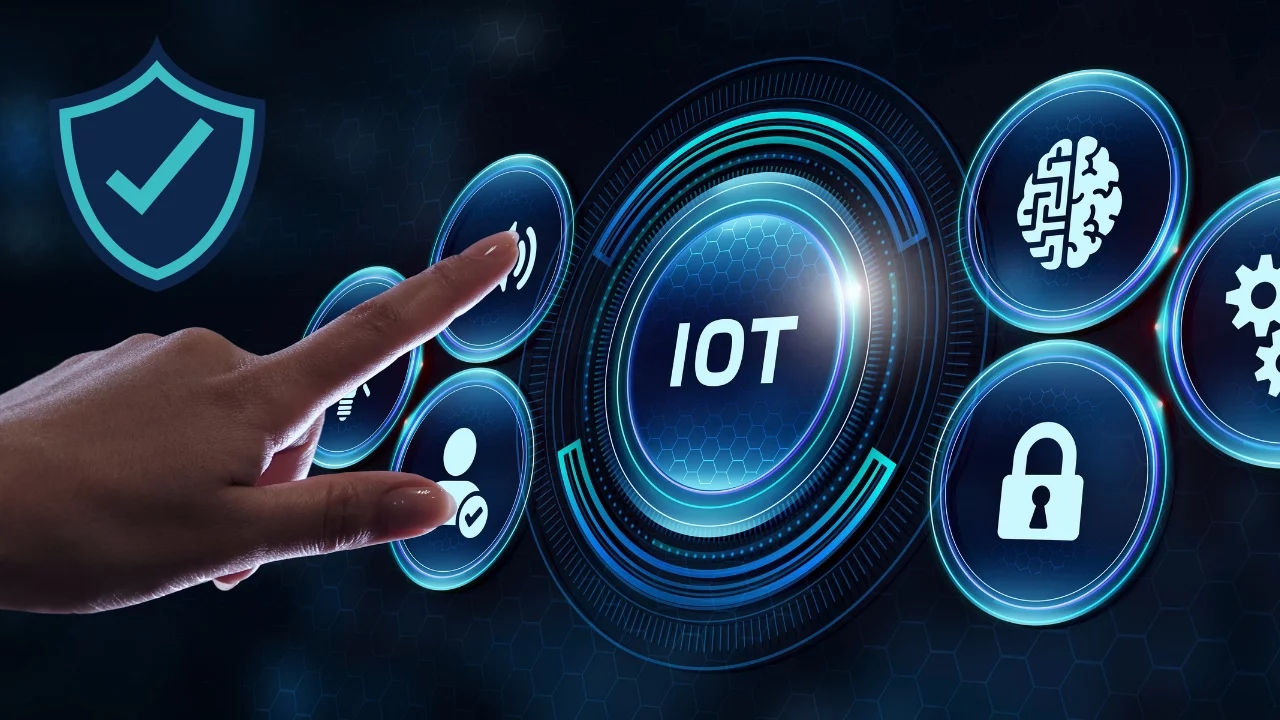Comments
- No comments found

The term "Internet of Things" (IoT) has become a buzzword in modern technology discussions, capturing the interest and imagination of tech enthusiasts and business leaders alike.
At its core, IoT refers to a network of physical objects—“things”—embedded with sensors, software, and other technologies with the purpose of connecting and exchanging data with other devices and systems over the internet. This concept extends the power of the internet beyond traditional devices like computers and smartphones to a diverse range of everyday objects that communicate and interact with each other.

To grasp the fundamentals of IoT, it's essential to understand its operational framework. Here are the key components and processes involved in IoT:
Sensors and devices are the building blocks of IoT systems. These components collect data from the environment, such as temperature, humidity, motion, and more. Devices can range from simple sensors to complex machinery, all capable of gathering and transmitting data.
Connectivity is the backbone of IoT. The data collected by sensors and devices need to be transmitted to a central system or cloud for processing. Various communication protocols and networks facilitate this data transfer, including Wi-Fi, Bluetooth, Zigbee, LTE, and 5G. The choice of connectivity method depends on the specific requirements of the IoT application, such as range, power consumption, and data rate.
Once the data reaches the central system, it needs to be processed and analyzed. This step involves aggregating, filtering, and interpreting the data to derive meaningful insights. Data processing can occur locally (edge computing) or in the cloud, depending on the application's latency, bandwidth, and computational requirements.
Finally, the processed data is presented to the end-users through a user interface, such as a mobile app, web dashboard, or automated system. The interface allows users to monitor, control, and interact with the IoT system, improving decision-making and enhancing overall user experience.
Understanding the essential hardware and software elements that makeup IoT systems is crucial for comprehending how IoT operates. Here are the key components:
Sensors and Actuators: Sensors collect data from the environment, while actuators perform actions based on the data received (e.g., turning on a light, or adjusting a thermostat).
IoT Devices: These are the physical objects that house the sensors and actuators, ranging from simple gadgets to sophisticated machinery.
Gateways: Gateways serve as intermediaries between the IoT devices and the cloud, managing data traffic and ensuring secure communication.
IoT Platforms: IoT platforms provide the infrastructure for connecting, managing, and analyzing IoT devices and data. Examples include AWS IoT, Microsoft Azure IoT, and Google Cloud IoT.
Data Analytics: Advanced analytics tools process and interpret the vast amounts of data generated by IoT devices, enabling actionable insights and informed decision-making.
Security Solutions: Ensuring the security of IoT systems is paramount. Security solutions include encryption, authentication, and access control measures to protect data and devices from cyber threats.
The versatility of IoT technology allows it to be applied across various industries, transforming traditional processes and creating new opportunities. Here are some notable examples:
IoT has revolutionized healthcare by enabling remote patient monitoring, telemedicine, and smart medical devices. Patients can wear IoT-enabled devices that track vital signs and send real-time data to healthcare providers, improving patient outcomes and reducing hospital visits.
In agriculture, IoT is used for precision farming, where sensors monitor soil conditions, weather patterns, and crop health. Farmers can make data-driven decisions to optimize irrigation, fertilization, and pest control, leading to increased yields and resource efficiency.
IoT has made smart homes a reality, with connected devices like thermostats, lighting, security cameras, and appliances being controlled remotely via smartphones or voice assistants. These smart systems enhance convenience, energy efficiency, and home security.
In the industrial sector, IoT applications include predictive maintenance, asset tracking, and process automation. IIoT helps manufacturers improve operational efficiency, reduce downtime, and enhance safety by monitoring equipment health and performance in real time.
The future of IoT is promising, with emerging trends and advancements set to redefine various industries. And, online you can always look for the latest news in IoT technology. That way, you can stay ahead of the curve and capitalize on new opportunities. Some of these developments include:
5G Connectivity: The arrival of 5G networks will revolutionize IoT by providing higher data speeds, lower latency, and increased network capacity.
Edge Computing: Edge computing allows data processing to occur at the device level rather than in the cloud, reducing latency and network congestion.
Artificial Intelligence (AI): AI and machine learning (ML) are key enablers of IoT, providing advanced analytics, automation, and predictive capabilities.
Blockchain: Blockchain technology can enhance the security and reliability of IoT systems by providing a decentralized framework for storing and sharing data.

Understanding the basics of IoT technology is essential in today's digitally transformed world. From its operational framework and key components to real-world applications and future trends, IoT offers immense potential to revolutionize various sectors. However, it also presents challenges that need to be addressed, particularly in terms of security, interoperability, and data privacy.
As IoT continues to evolve, staying informed and embracing its possibilities will be crucial for businesses and individuals alike. By leveraging IoT technology, we can drive innovation, efficiency, and sustainability, shaping a smarter and more connected future.
Explore the world of IoT and stay ahead of the curve by integrating these technologies into your business strategy. The future is connected, and IoT is at the heart of this transformation.
Leave your comments
Post comment as a guest